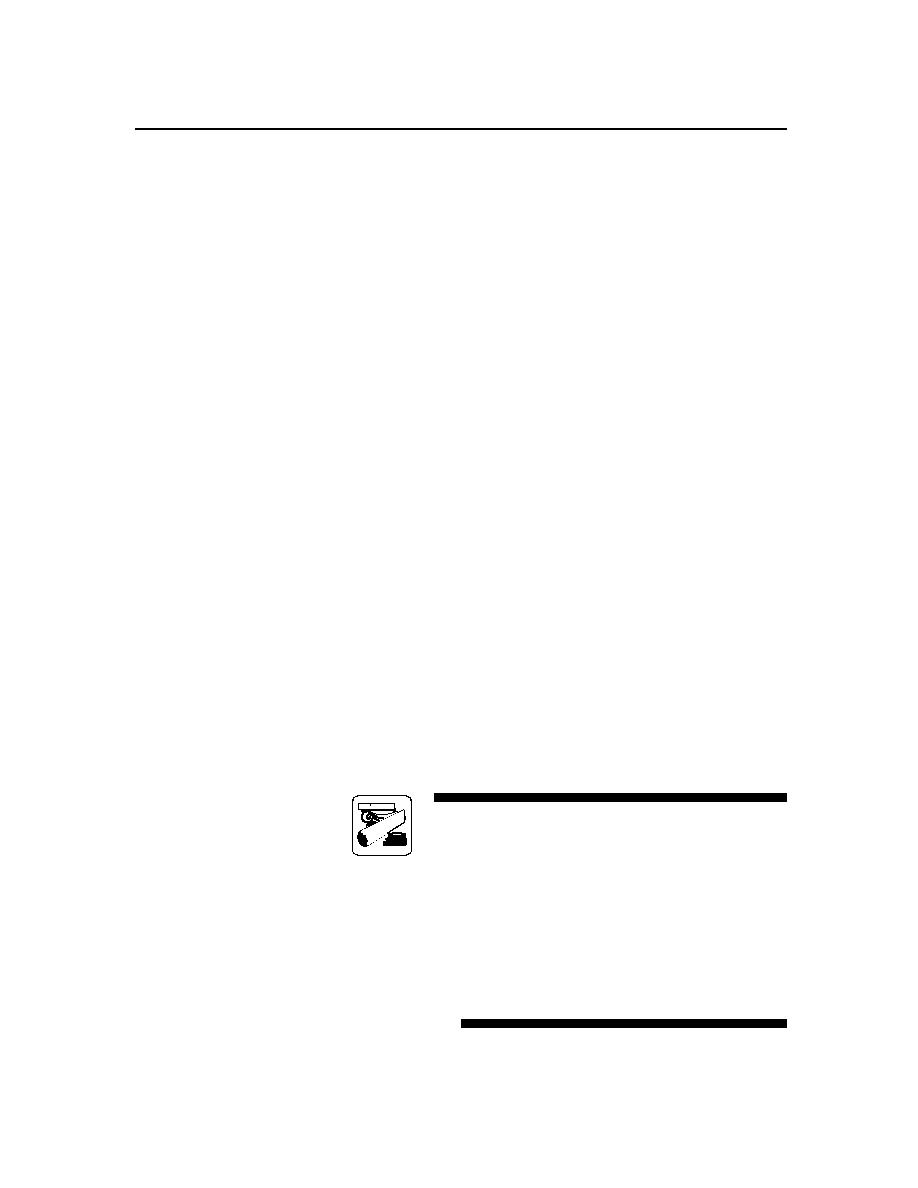
U.S. Courts Design Guide
Size
Since each circuit can have three types of libraries, Table 8.1 shows three area
allotments. Please refer to the table as a guideline for specific library space size
criteria. Factors that influence library size include the size of the collection, the number
of court staff and public users, and the size of the library staff. Library space
requirements are determined by the circuit librarian with approval by the appropriate
circuit judicial council.
The Guide assumes that the area allocated for the collection (stack areas) is designed
as one contiguous rectangle. Where providing such an area is impossible, space
allocated to the collection must be increased.
The Guide also assumes that the design program for the library will consider
expansion needs and that, for planning purposes, the stacks have reached capacity
when 70-80% of the available shelf space is occupied [e.g., using an average planning
increment of five volumes per linear foot of shelving, a range three feet (925 mm) wide
and six shelves high will be at capacity when it contains 60 to 70 volumes]. Where
predicting the expansion needs of a planned collection is difficult, the design program
should provide for greater expansion by using a capacity percentage of 50-60%.
The net areas specified in the Guide exclude space required to accommodate
circulation. While the amount of required circulation space varies with each facility's
specific design, an additional percentage of 24% can be applied during preliminary
planning to determine the total usable area of a library (i.e., the estimated total usable
area of a library is equal to the sum of all the net programmed spaces plus 24%).
Programming Notes
Libraries must satisfy the specific
requirements of the USCA, USDC, and
USBC.
The size of a court library is determined
largely by the size of its collection. Factors
influencing the size of the collection include:
jurisdiction of the judges; the number of
related state volumes; judiciary-related office
8-21
12/19/97



 Previous Page
Previous Page
